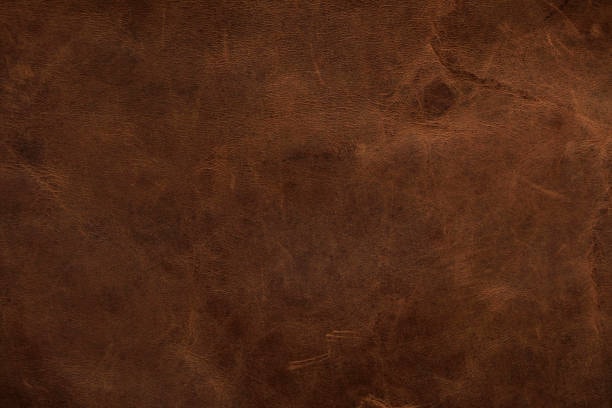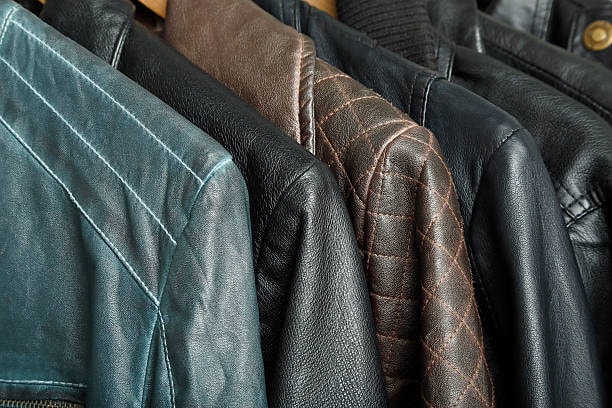Starting a clothing business can be an exciting and rewarding venture, offering endless opportunities for creativity and success. Whether you’re passionate about fashion business or eager to make your mark in the industry, exploring innovative business ideas can help you stand out and thrive. Here are some creative clothing business ideas to inspire your entrepreneurial journey.
Understanding of clothing line
Launching and maintaining a clothing line comes with challenges, such as competition, changing consumer preferences, and economic fluctuations. However, it also offers opportunities for creativity, growth, and establishing a unique brand identity in the fashion industry.

A clothing line is a well-curated collection of apparel that embodies a designer’s vision and brand identity. It involves a comprehensive process from concept and design to production, branding, and distribution, with a focus on quality, customer satisfaction, and adaptability to market trends.
Top 60 Clothing Business Ideas for your fashion brands
Read this because there are the top clothing business ideas for your clothing line:
1. Sustainable Fashion Line

Create a clothing line that focuses on eco-friendly materials and ethical production practices. Emphasize sustainability in every aspect, from organic fabrics to zero-waste packaging.
2. Customizable Clothing business ideas
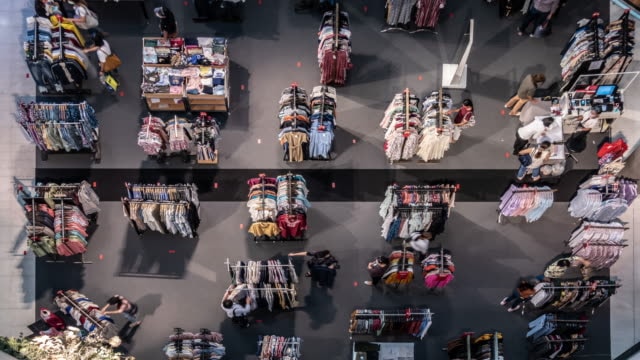
Offer customizable apparel where customers can choose designs, colors, and add personal touches. Use online design tools to facilitate easy customization.
3. Athleisure and Activewear

Design stylish and functional activewear for workouts and casual wear. Use high-quality, performance-oriented materials that offer comfort and durability.
4. Plus-Size Fashion industry

Develop a clothing line that caters to plus-size individuals, providing stylish and well-fitting options. Focus on inclusivity and diverse body types.
5. Maternity Wear

Create fashionable and comfortable maternity wear that supports pregnant women. Include versatile pieces that can be worn during and after pregnancy.
6. Adaptive Clothing business ideas
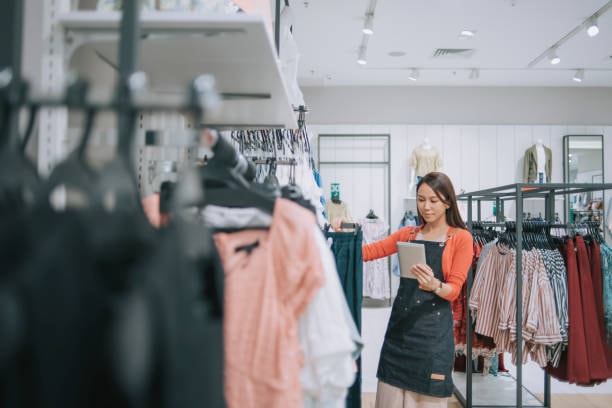
Design clothing for individuals with disabilities, featuring easy closures, adjustable fits, and comfortable fabrics. Prioritize accessibility and functionality.
7. Vintage Clothing business ideas
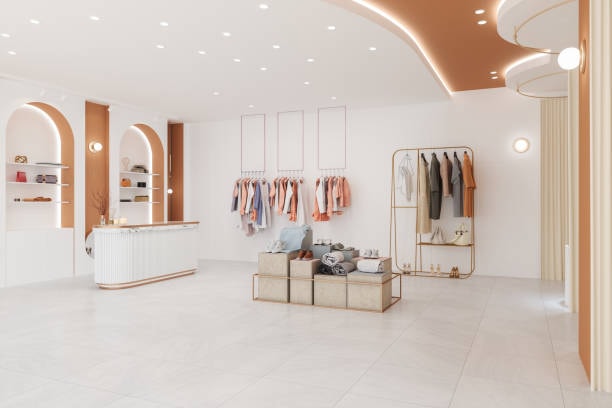
Curate and sell vintage clothing pieces, offering unique and timeless styles. Highlight the stories and eras behind each garment to attract fashion enthusiasts.
8. Upcycled Clothing

Transform old or discarded garments into new fashion designers pieces. Promote sustainability by giving new life to materials that would otherwise go to waste.
9. Tech-Integrated Apparel

Develop smart clothing with integrated technology, such as fitness trackers or heated fabrics. Target tech-savvy consumers looking for innovative fashion business ideas solutions.
10. Subscription Box Service

Offer a subscription box service with curated clothing and accessories tailored to subscribers’ preferences. Provide a personalized and exciting shopping experience.
11. Minimalist Fashion

Launch a minimalist clothing line that emphasizes simplicity, quality, and versatility. Focus on neutral colors and timeless designs that appeal to those seeking a minimalist lifestyle.
12. Streetwear

Create a trendy streetwear line that reflects urban culture and contemporary fashion. Incorporate bold graphics, unique patterns, and comfortable fits.
13. Luxury Fashion industry

Design high-end, luxury fashion pieces that exude elegance and sophistication. Use premium materials and meticulous craftsmanship to attract affluent customers.
14. Kids’ Clothing business ideas

Develop a fun and functional clothing line for children, featuring playful designs and durable fabrics. Consider safety and comfort in every piece.
15. Pet Clothing business ideas
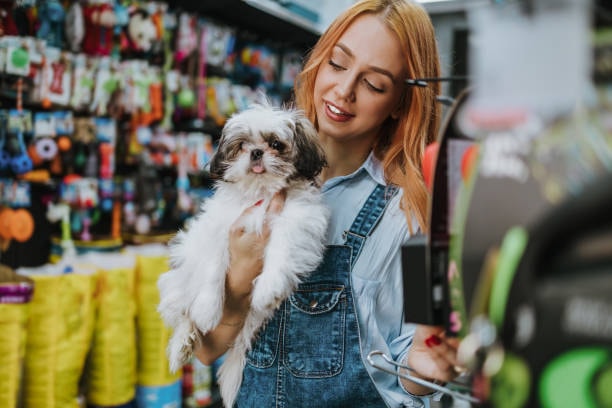
Create stylish and comfortable clothing for pets. Offer a range of sizes and designs to cater to different breeds and pet owners’ tastes or own clothing line.
16. Bridal Wear

Design a stunning collection of bridal gowns and wedding attire. Focus on intricate details, luxurious fabrics, and timeless elegance.
17. Evening Wear
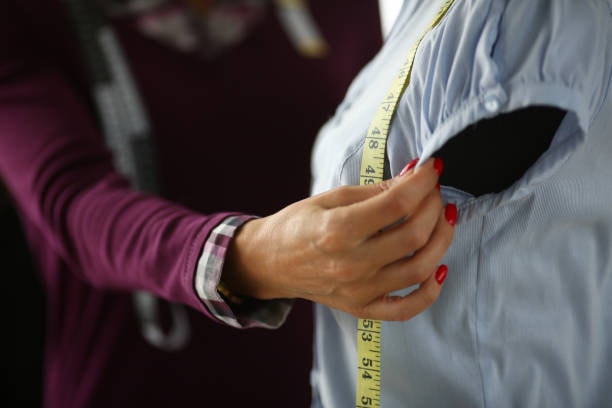
Create a line of elegant evening wear for special occasions. Emphasize sophisticated designs and high-quality materials that make wearers feel glamorous.
18. Resort Wear
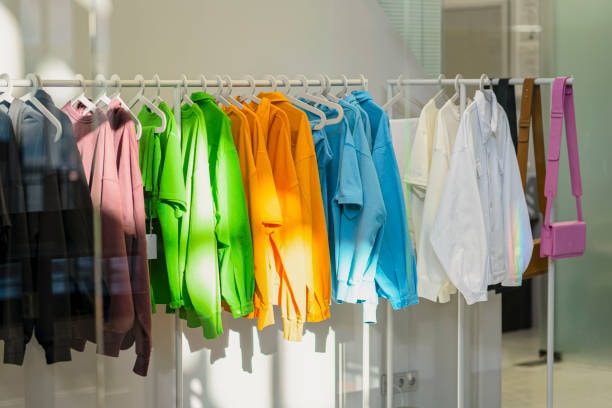
Design stylish and comfortable resort wear for vacations and leisure. Use lightweight fabrics and vibrant prints that evoke a relaxed, holiday vibe.
19. Cultural Clothing business ideas
Create a clothing line that celebrates and incorporates traditional cultural attire. Highlight authentic designs and craftsmanship from different cultures.
20. Seasonal Collections
Launch seasonal collections that reflect current fashion trends and weather conditions. Encourage customers to update their wardrobes with new, timely pieces.
21. Workwear
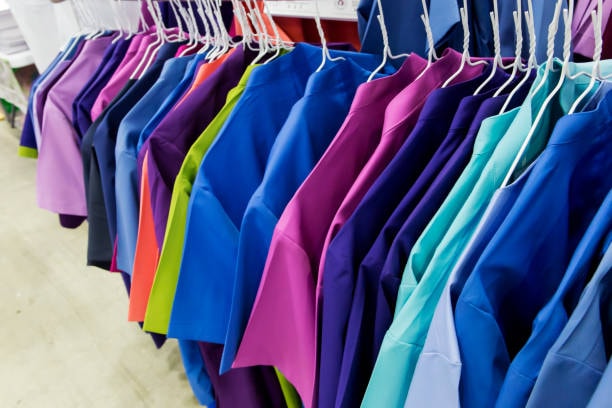
Design functional and stylish workwear for various professions. Focus on comfort, durability, and practicality in the workplace.
22. Lingerie
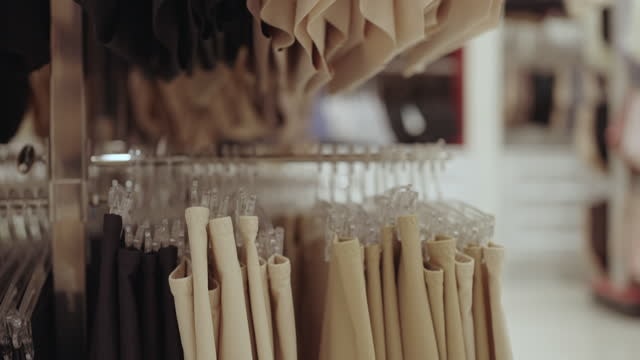
Create a line of elegant and comfortable lingerie. Emphasize quality fabrics and flattering fits that make wearers feel confident and beautiful.
23. Sleepwear

Design cozy and stylish sleepwear that promotes comfort and relaxation. Use soft, breathable fabrics and include a variety of styles.
24. Swimwear
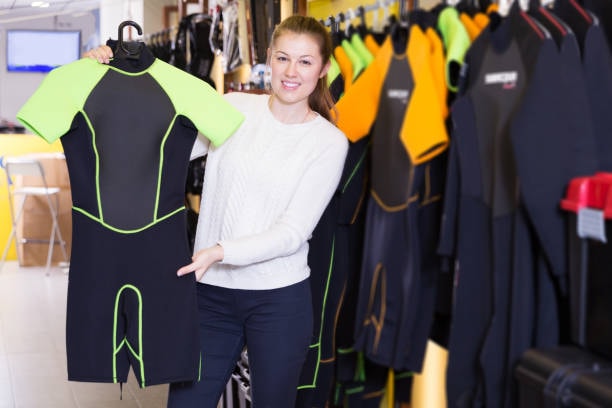
Develop a fashionable and functional swimwear line. Focus on flattering designs and durable materials that withstand sun, sand, and water.
25. Festival Wear
Create a vibrant and eclectic clothing line for festivals and events. Use bold colors, unique patterns, and playful designs that stand out.
26. Costume Design
Offer a line of creative costumes for various occasions, including Halloween, cosplay, and themed parties. Focus on detail and authenticity.
27. Formal Wear
Design a collection of sophisticated formal wear for events like proms, galas, and black-tie affairs. Prioritize elegant designs and high-quality fabrics.
28. Denim Line
Create a versatile denim line featuring jeans, jackets, and more. Use durable fabrics and classic designs that appeal to a wide audience.
29. Sports Team Apparel

Design custom apparel for sports teams and fans. Include jerseys, hoodies, and accessories with team colors and logos.
30. Beachwear

Develop a stylish beachwear line, including cover-ups, sarongs, and lightweight dresses. Use breathable fabrics and vibrant prints.
31. Loungewear
Create a comfortable and stylish loungewear line for at-home relaxation. Use soft, cozy materials and relaxed fits.
32. Bohemian Fashion

Design a bohemian-inspired clothing line featuring flowing fabrics, earthy tones, and eclectic patterns. Emphasize a free-spirited, artistic vibe.
33. High-Fashion Streetwear

Blend high fashion with streetwear elements to create a unique and edgy clothing line. Focus on innovative designs and premium materials.
34. Athletic Uniforms
Design custom athletic uniforms for sports teams, gyms, and fitness clubs. Ensure functionality, durability, and team branding.
35. Pajama Line

Develop a cozy and stylish pajama line for all ages. Use comfortable fabrics and include a variety of designs, from classic to whimsical.
36. Fitness Apparel
Create a line of high-performance fitness apparel line for athletes and active individuals. Focus on moisture-wicking fabrics and ergonomic designs.
37. Techwear
Design a futuristic clothing line that incorporates functional and innovative elements, such as waterproof materials and hidden pockets.
38. Yoga Wear

Develop a line of comfortable and flexible yoga wear. Use soft, stretchy fabrics and designs that allow for a full range of motion.
39. Street Style Accessories
Offer a range of accessories that complement streetwear fashion, including hats, bags, and jewelry. Focus on trendy and urban designs.
40. Gender-Neutral Clothing
Create a clothing line that offers gender-neutral styles. Emphasize inclusivity and versatility in your designs.
41. Festival Accessories
Design vibrant and eclectic accessories for festivals and events. Include items like hats, jewelry, and bags with bold colors and unique patterns.
42. Luxury Loungewear
Create a high-end loungewear line that combines comfort with luxury. Use premium materials and sophisticated designs.
43. Athletic Footwear

Develop a line of performance-oriented athletic footwear. Focus on comfort, support, and innovative designs.
44. Travel Wear
Design a line of travel-friendly clothing that combines style with practicality. Use wrinkle-resistant fabrics and versatile designs.
45. Work-from-Home Wear
Create a clothing line tailored for remote work, emphasizing comfort and professionalism. Include stylish yet cozy pieces for video calls and home office wear.
46. Artisan Clothing
Collaborate with artisans to create unique, handmade clothing pieces. Highlight the craftsmanship and cultural significance of each item.
47. Capsule Wardrobe
Develop a capsule wardrobe collection that offers a limited number of versatile, high-quality pieces. Focus on timeless designs and neutral colors.
48. Festival Footwear
Design unique and comfortable footwear for festival-goers. Use bold patterns, vibrant colors, and durable materials.
49. Pet Accessories

Create a line of stylish and functional accessories for pets, including collars, leashes, and outfits. Cater to pet owners who love to pamper their animals. or their own online clothing store
50. Branded Merchandise
Offer branded merchandise for influencers, businesses, and events. Include clothing, accessories, and promotional items with custom logos and designs.
51. Fashion Rentals
Start a fashion rental service that allows customers to rent high-end clothing for special occasions. Offer a variety of styles and sizes to cater to different needs.
52. Inclusive Activewear
Design an activewear line that caters to all body types and abilities. Focus on comfort, support, and inclusivity in your designs.
53. Festival Clothing
Create a vibrant and eclectic clothing line specifically for festivals. Use bold colors, unique patterns, and playful designs to stand out.
54. Cultural Fusion Fashion

Blend elements from different cultures to create a unique clothing line. Highlight the beauty of cultural diversity through your designs.
55. Ethical Fashion
Develop a clothing line that emphasizes ethical production practices, including fair labor and environmentally friendly materials.
56. Convertible Clothing
Design clothing that can be worn in multiple ways, such as reversible jackets or dresses with detachable elements. Offer versatility and value to customers.
57. Preppy Fashion
Create a line of preppy clothing inspired by classic American style. Include items like polo shirts, blazers, and khakis.
58. Designer Collaborations
Collaborate with well-known designers or celebrities to create exclusive clothing lines. Leverage their influence to attract a broader audience.
59. Festival Jewelry
Design unique and vibrant jewelry pieces for festivals and events. Use bold colors, intricate patterns, and eclectic designs.
60. Streetwear Sneakers
Develop a line of trendy streetwear sneakers. Focus on unique designs, comfort, and high-quality materials.
Brick and mortar store
A brick-and-mortar store refers to a traditional physical retail location where customers can shop for products or services in person. Unlike online stores, brick-and-mortar stores offer a tangible shopping experience, allowing customers to see, touch, and try on items before making a purchase. These stores typically provide personalized customer service, immediate product availability, and the opportunity for shoppers to enjoy the ambiance and social aspects of in-store shopping. Despite the rise of e-commerce, brick-and-mortar stores continue to play a crucial role in the retail landscape by offering experiences that cannot be replicated online.
List of Advice for Clothing Business Ideas
- Identify Your Niche:
- Focus on a specific market segment or style to stand out and attract a dedicated customer base.
- Conduct Market Research:
- Understand your target audience, their preferences, and market trends to inform your designs and business strategy.
- Develop a Unique Brand Identity:
- Create a strong brand identity that reflects your values, vision, and the essence of your clothing line.
- Prioritize Quality:
- Use high-quality materials and craftsmanship to ensure your products are durable and satisfy customer expectations.
- Embrace Sustainability:
- Incorporate eco-friendly practices in your production process, such as using organic fabrics and reducing waste.
- Offer Customization:
- Provide options for customers to personalize their clothing, adding a unique touch that sets your clothing brand apart.
- Leverage Technology:
- Utilize digital design tools, e-commerce platforms, and social media to streamline operations and reach a broader audience.
- Build a Strong Online Presence:
- Create an engaging website and active social media profiles to connect with customers and showcase your products.
- Focus on Customer Service:
- Offer exceptional customer service to build trust, retain customers, and encourage positive word-of-mouth.
- Collaborate with Influencers:
- Partner with influencers and fashion blog to increase brand visibility and credibility.
- Diversify Your Product Range:
- Offer a variety of products to cater to different needs and preferences within your niche.
- Stay Updated with Trends:
- Keep up with the latest fashion trends and incorporate them into your designs to stay relevant and appealing.
- Create Seasonal Collections:
- Release new collections based on seasons and fashion cycles to keep your offerings fresh and exciting.
- Invest in Marketing:
- Develop a robust marketing strategy, including social media campaigns, email marketing, and promotions, to attract and retain customers.
- Network within the Industry:
- Build relationships with other fashion brands, suppliers, and industry professionals to gain insights and opportunities.
- Ensure Financial Planning:
- Maintain a clear budget and financial plan to manage costs, pricing, and profitability effectively.
- Consider Ethical Production:
- Ensure fair labor practices and ethical production methods to build a positive brand reputation.
- Host Pop-Up Shops:
- Organize temporary pop-up shops to create buzz and offer customers a chance to experience your brand in person.
- Gather Customer Feedback:
- Regularly seek feedback from customers to understand their needs and improve your products and services.
- Adapt and Innovate:
- Stay flexible and open to new ideas, continuously innovating to meet changing market demands and consumer preferences.
- Offer Loyalty Programs:
- Implement loyalty programs to reward repeat customers and encourage long-term relationships.
- Monitor Competitors:
- Keep an eye on your competitors to understand their strengths and weaknesses, and find ways to differentiate your brand.
- Utilize Data Analytics:
- Use data analytics to track sales, customer behavior, and market trends to make informed business decisions.
- Focus on Storytelling:
- Share the story behind your brand and products to create an emotional connection with customers.
- Provide Excellent Packaging:
- Invest in attractive and sustainable packaging that enhances the customer experience and reflects your brand values.
Here’s a detailed understanding of what a clothing line entails:
Concept and Vision
A clothing line starts with a concept or vision. This involves deciding on the theme, style, target audience, and overall aesthetic of the collection. The concept guides the design process, ensuring that all pieces within the line are cohesive and aligned with the brand’s identity.
Design Process
Designers create sketches and technical drawings of each piece, selecting fabrics, colors, and patterns that fit the concept. This phase also includes creating prototypes and samples to refine the designs and ensure they meet quality standards.
Production
Once designs are finalized, the production process begins. This involves sourcing materials, cutting fabrics, sewing garments, and conducting quality control checks. Depending on the scale of the clothing line, production can take place in-house or be outsourced to manufacturers.
Branding and Marketing
Branding is crucial for a clothing line’s success. This includes developing a brand name, logo, and packaging that reflects the line’s identity. Marketing strategies such as lookbooks, social media campaigns, and collaborations with influencers or fashion shows help promote the clothing line and attract customers.
Distribution and Sales
Clothing lines are distributed through various channels, including retail stores, online shops, pop-up events, and wholesale partners. Effective distribution strategies ensure that the clothing line reaches its target audience and achieves desired sales.
Customer Feedback and Adaptation
Listening to customer feedback and monitoring sales performance helps brands understand market preferences and make necessary adjustments. This feedback loop is essential for refining future collections and maintaining customer satisfaction.
Seasonal Collections
Most clothing lines are released in seasonal collections, such as Spring/Summer or Fall/Winter. These collections reflect current fashion trends and weather conditions, encouraging customers to update their wardrobes regularly.
Sustainability and Ethics
Increasingly, clothing lines are incorporating sustainable and ethical practices. This includes using eco-friendly materials, ensuring fair labor practices, and minimizing waste. A commitment to sustainability can enhance a brand’s reputation and appeal to environmentally conscious consumers.
Innovation and Trends
Staying ahead of fashion trends and incorporating innovative designs or technologies can set a clothing line apart from competitors. This might involve exploring new materials, adopting digital design tools, or integrating wearable technology.
Financial Planning and Management
Successful clothing lines require careful financial planning and management. This includes budgeting for production costs, marketing expenses, and distribution logistics. Effective financial management ensures the clothing line remains profitable and sustainable.
Challenges and Opportunities
Launching and maintaining a clothing line comes with challenges, such as competition, changing consumer preferences, and economic fluctuations. However, it also offers opportunities for creativity, growth, and establishing a unique brand identity in the fashion industry.
Best Clothing Business Ideas for 2024 and 2025
- Sustainable Fashion Line:
- With growing environmental concerns, sustainable fashion remains a top trend. Focus on eco-friendly materials, ethical production practices, and zero-waste designs.
- Tech-Integrated Apparel:
- Develop smart clothing that integrates technology, such as fitness trackers, temperature regulation, and health monitoring systems. This niche caters to tech-savvy consumers looking for innovation.
- Customizable Clothing:
- Offer a platform where customers can design their own business clothing by choosing colors, patterns, and adding personalized details. Customization adds a unique touch that attracts modern shoppers.
- Plus-Size Fashion:
- Create a stylish and inclusive plus-size clothing line that offers fashionable and well-fitting options. Emphasize body positivity and diversity in your designs and marketing.
- Athleisure and Activewear:
- Design fashionable and functional activewear suitable for both workouts and casual wear. Use high-performance materials that offer comfort and durability.
- Gender-Neutral Clothing:
- Develop a clothing line that offers gender-neutral styles. Focus on inclusivity, versatility, and comfortable fits to appeal to a broad audience.
- Maternity and Nursing Wear:
- Create fashionable and comfortable maternity and nursing wear. Include versatile pieces that support women during and after pregnancy.
- Vintage and Upcycled Fashion:
- Curate and sell vintage clothing pieces or transform old garments into new fashion items. Emphasize sustainability and uniqueness.
- Adaptive Clothing:
- Design clothing for individuals with disabilities, featuring easy closures, adjustable fits, and comfortable fabrics. Prioritize accessibility and functionality.
- Luxury Loungewear:
- Develop a high-end loungewear line that combines comfort with luxury. Use premium materials and sophisticated designs to attract affluent customers.
- Digital Fashion and Virtual Clothing:
- Enter the digital fashion space by creating virtual clothing for avatars in the metaverse or online games or online boutique. This innovative niche is gaining popularity among younger, tech-oriented audiences.
- Resort and Vacation Wear:
- Design stylish and comfortable resort wear for vacations and leisure. Use lightweight fabrics and vibrant prints to evoke a relaxed, holiday vibe.
- Streetwear and Urban Fashion:
- Create a trendy streetwear line that reflects urban culture and contemporary fashion. Incorporate bold graphics, unique patterns, and comfortable fits.
- Festival and Event Clothing:
- Develop a vibrant and eclectic clothing line for festivals and events. Use bold colors, unique patterns, and playful designs that stand out.
- Pet Clothing and Accessories:
- Create stylish and comfortable clothing for pets, along with a range of accessories. Offer a variety of sizes and designs to cater to different breeds and pet owners’ tastes.
- Minimalist Fashion:
- Launch a minimalist clothing line that emphasizes simplicity, quality, and versatility. Focus on neutral colors and timeless designs that appeal to those seeking a minimalist lifestyle.
- Cultural and Traditional Clothing:
- Create a clothing line that celebrates and incorporates traditional cultural attire. Highlight authentic designs and craftsmanship from different cultures.
- Subscription Box Service:
- Offer a subscription box service with curated clothing and accessories tailored to subscribers’ preferences. Provide a personalized and exciting shopping experience with personal shopping service.
- Work-from-Home Wear:
- Develop a clothing line tailored for remote work, emphasizing comfort and professionalism. Include stylish yet cozy pieces for video calls and home office wear.
- Capsule Wardrobe Collections:
- Create a capsule wardrobe collection that offers a limited number of versatile, high-quality pieces. Focus on timeless designs and neutral colors.
- Bohemian and Artistic Fashion:
- Design a bohemian-inspired clothing line featuring flowing fabrics, earthy tones, and eclectic patterns. Emphasize a free-spirited, artistic vibe.
- Seasonal and Limited Edition Collections:
- Launch seasonal and limited-edition collections to keep your offerings fresh and exciting. Encourage customers to update their wardrobes with new, timely pieces.
- Bridal and Wedding Wear:
- Create a stunning collection of bridal gowns and wedding attire. Focus on intricate details, luxurious fabrics, and timeless elegance.
- Cultural Fusion Fashion:
- Blend elements from different cultures to create a unique clothing line. Highlight the beauty of cultural diversity through your designs.
- Festival Accessories:
- Design vibrant and eclectic accessories for festivals and events. Include items like hats, jewelry, and bags with bold colors and unique patterns.
- Inclusive Activewear:
- Design an activewear line that caters to all body types and abilities. Focus on comfort, support, and inclusivity in your designs.
- Luxury Footwear:
- Develop a line of high-end, luxury footwear. Use premium materials and meticulous craftsmanship to attract fashion-conscious customers.
- Preppy Fashion:
- Create a line of preppy clothing inspired by classic American style. Include items like polo shirts, blazers, and khakis.
- Designer Collaborations:
- Collaborate with well-known designers or celebrities to create exclusive clothing lines. Leverage their influence to attract a broader audience.
- Pet Accessories:
- Create a range of stylish and functional accessories for pets, including collars, leashes, and outfits. Cater to pet owners who love to pamper their animals.
Conclusion
Exploring and implementing innovative clothing business ideas can help aspiring entrepreneurs carve out a unique niche in the fashion industry. By understanding and catering to diverse consumer needs, leveraging technology, and promoting ethical practices, you can build a successful and impactful fashion brand. Embrace your vision, stay adaptable, and prioritize quality to thrive in the ever-evolving world of fashion.



